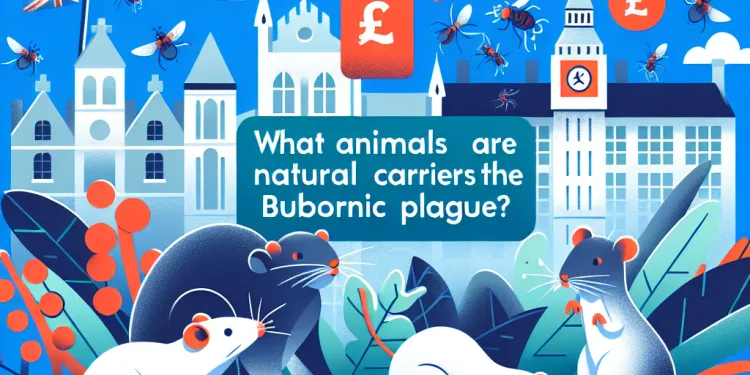
Find Help
More Items From Ergsy search
-
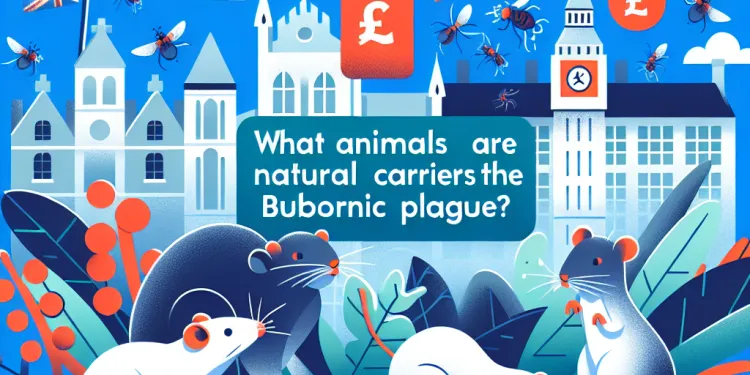
What animals are natural carriers of the bubonic plague?
Relevance: 100%
-

What is Bubonic Plague?
Relevance: 88%
-

How is the bubonic plague transmitted?
Relevance: 79%
-

What is the bubonic plague?
Relevance: 73%
-

Can the bubonic plague be prevented?
Relevance: 73%
-
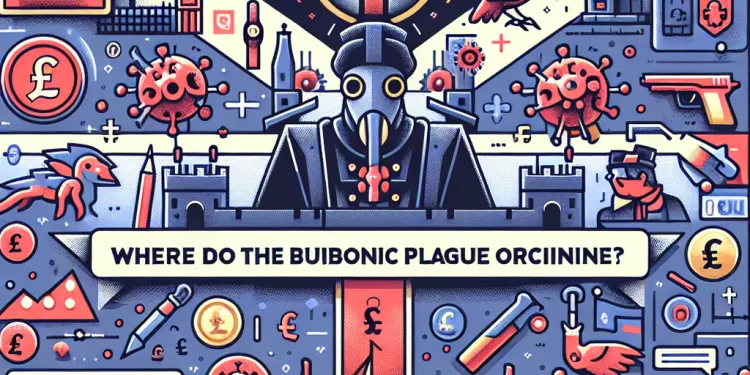
Where did the bubonic plague originate?
Relevance: 72%
-

Is the bubonic plague contagious between humans?
Relevance: 71%
-

How can the bubonic plague be treated?
Relevance: 69%
-

How was the bubonic plague controlled historically?
Relevance: 68%
-

Are there vaccines for the bubonic plague?
Relevance: 66%
-
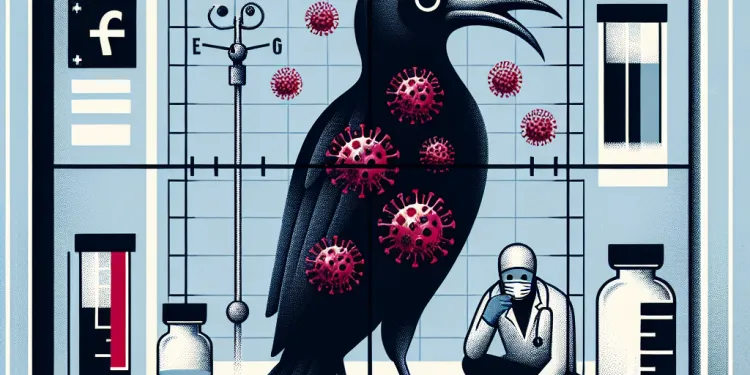
What are the symptoms of the bubonic plague?
Relevance: 64%
-

What is the mortality rate of untreated bubonic plague?
Relevance: 63%
-

Did the bubonic plague affect only Europe?
Relevance: 61%
-
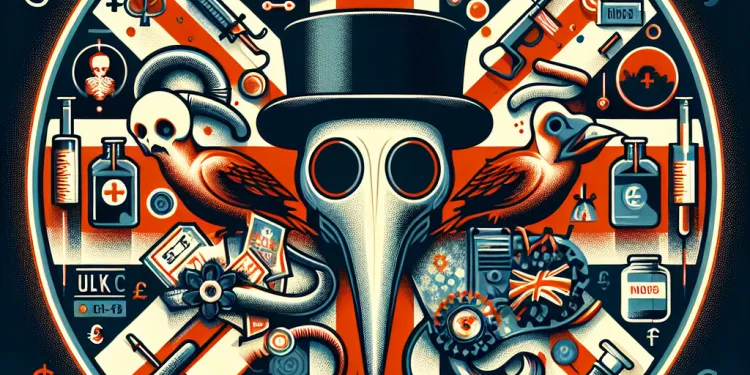
What historical event is the bubonic plague known for?
Relevance: 61%
-
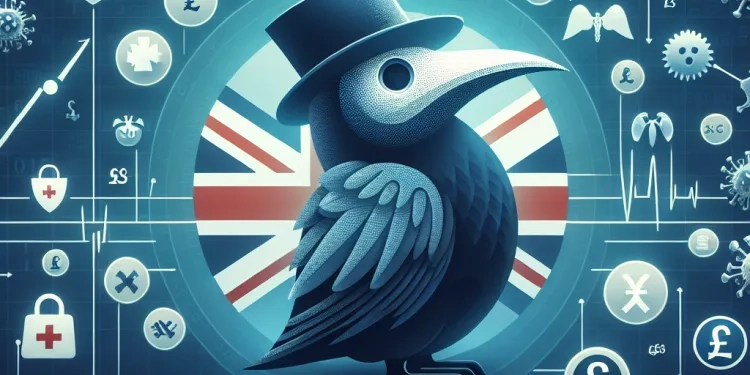
What advancements have been made in understanding the bubonic plague?
Relevance: 58%
-

Can the bubonic plague become resistant to antibiotics?
Relevance: 57%
-

Are there modern outbreaks of bubonic plague?
Relevance: 49%
-

Which animals are known to carry Nipah Virus?
Relevance: 42%
-

What is a bubo?
Relevance: 35%
-

What public health measures are important for managing the plague?
Relevance: 35%
-
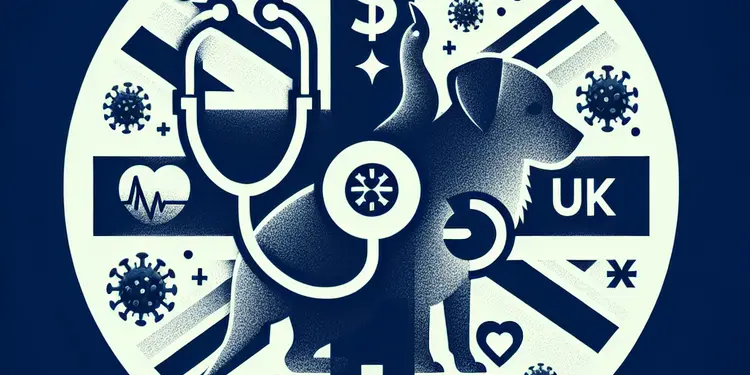
Can animals be infected with H3N2?
Relevance: 31%
-

Are there any natural predators of screw worms?
Relevance: 28%
-

Can animals get Super Flu?
Relevance: 28%
-

What animals are natural hosts of the Marburg virus?
Relevance: 27%
-

Woodland and Natural Burials
Relevance: 24%
-

Is the bubonic plague still a global health threat?
Relevance: 24%
-

Is GLP-1 naturally occurring?
Relevance: 23%
-

Are there any natural remedies for bed bugs?
Relevance: 21%
-

Animation - Primary care and NHS 111
Relevance: 20%
-
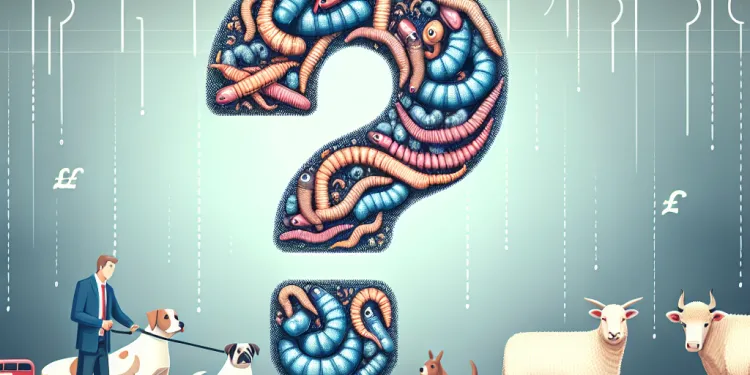
What animals can be affected by screw worms?
Relevance: 19%
-

Can Nipah Virus cause outbreaks?
Relevance: 19%
-

Are there any natural appetite suppressants, and can they help with weight loss?
Relevance: 18%
-
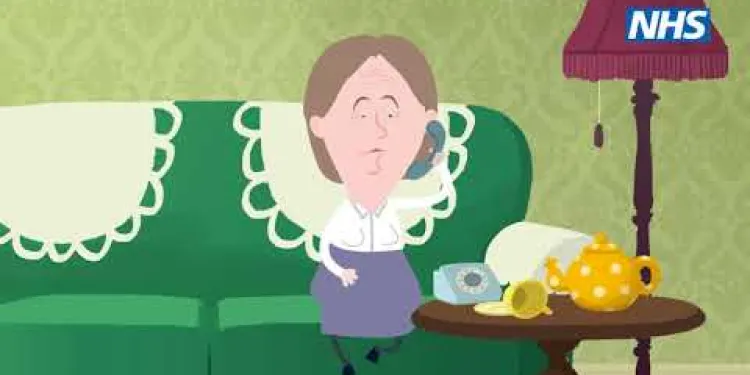
West Midlands LEHN Animated Video on Eye Health
Relevance: 18%
-

How is Nipah Virus transmitted?
Relevance: 17%
-

Can natural changes alter property boundaries?
Relevance: 16%
-

Is there a cure for Nipah Virus?
Relevance: 16%
-

Can I have a natural birth after a Caesarean section?
Relevance: 16%
-
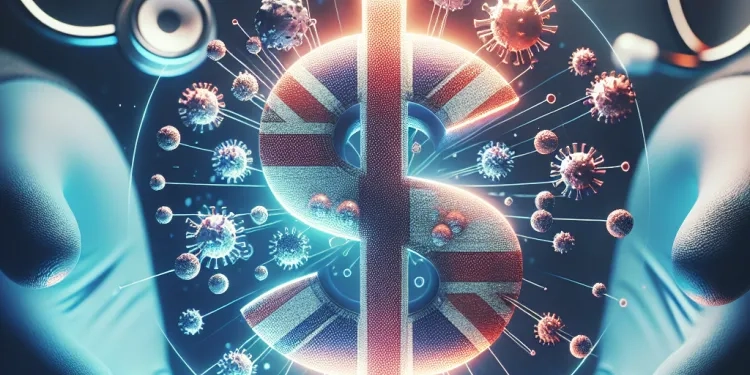
Why are Nipah Virus outbreaks considered a public health concern?
Relevance: 16%
-

How is sickle cell disease inherited?
Relevance: 15%
-

Blood pressure too high? Living with hypertension animation
Relevance: 15%
Introduction to Bubonic Plague Carriers
The bubonic plague, often associated with the Black Death of the 14th century, is a zoonotic disease caused by the bacterium Yersinia pestis. While the plague can have severe impacts on humans, it is primarily a disease of animals. Understanding which animals are natural carriers of the plague is crucial for controlling outbreaks and preventing transmission to human populations.
Role of Rodents in Bubonic Plague
Rodents are the principal carriers of the bubonic plague. Various species serve as hosts to the fleas that transmit Yersinia pestis. In particular, the black rat (Rattus rattus) and the brown rat (Rattus norvegicus) are prominent carriers. Their close association with human habitats increases the risk of disease transmission. In rural areas, the great gerbil (Rhombomys opimus) and other wild rodents may act as reservoirs for the plague.
Fleas as Vectors
Fleas play a critical role in the transmission of the bubonic plague. The Oriental rat flea (Xenopsylla cheopis) is particularly efficient at spreading the bacterium due to its preference for living on rodents. When these fleas bite an infected rodent, they ingest the bacterium, which can then be transmitted to other hosts, including humans. The interaction between fleas and their rodent hosts is pivotal in the life cycle of Yersinia pestis.
Other Animal Hosts
Beyond rodents, several other animal species can harbor the bacterium. Lagomorphs, such as rabbits and hares, are known to be susceptible. In some regions, carnivores like domestic cats and wild predators may become infected after consuming diseased rodents. These cats can occasionally transmit the plague to humans, making pet care and wildlife management vital in plague-endemic areas.
Impact on UK and Prevention Measures
While the UK has not experienced a major outbreak of the bubonic plague in recent history, understanding these carriers is essential for maintaining public health. Monitoring and controlling rodent populations, particularly in urban areas, is a key preventative strategy. Public awareness and hygiene measures can further reduce the risk of flea infestations that may lead to human cases. Surveillance of wildlife can also help detect early signs of potential outbreaks, allowing for timely interventions.
Conclusion
In summary, rodents, particularly species like rats and some wild rodents, are the primary natural carriers of the bubonic plague, with fleas acting as the main vectors. Other animals, including certain lagomorphs and carnivores, also play a role in the ecology of plague transmission. Understanding these relationships helps inform strategies to prevent and control potential outbreaks, ensuring public safety and health in the UK and beyond.
Introduction to Bubonic Plague Carriers
Bubonic plague is a disease that makes people and animals very sick. It is caused by tiny germs called Yersinia pestis. This disease was very deadly in the past, especially in the 14th century, during the Black Death. To stop people from getting sick today, it's important to know which animals can carry this disease.
Role of Rodents in Bubonic Plague
Rodents, like rats, can carry the bubonic plague. There are different kinds of rats, such as black rats and brown rats, that can have fleas on them. Fleas are tiny bugs that bite. These rats live close to people, so the disease can spread easily. Other wild rodents, like the great gerbil, also carry the plague, especially in the countryside.
Fleas as Vectors
Fleas are important bugs that spread the plague. One type of flea, the Oriental rat flea, likes to live on rats. When fleas bite a sick rat, they get the germs. Then, they can bite other animals or people and make them sick too. This is how the disease can spread.
Other Animal Hosts
Besides rodents, other animals can also have the plague. Animals like rabbits and hares can get sick. Some cats and wild animals that eat sick rodents can catch the disease too. If pet cats catch the plague, they can give it to people. So, it is important to take good care of pets and watch wildlife, especially where the plague is common.
Impact on UK and Prevention Measures
The UK hasn't had a big problem with the plague recently, but it is still important to know about it. To keep people safe, it helps to watch and control rodent numbers, especially in cities. Keeping places clean and checking for fleas can stop people from getting sick. Watching wild animals can also help notice signs of the disease early and take action quickly.
Conclusion
In short, rats and other wild rodents are the main carriers of the bubonic plague. Fleas spread the germs. Other animals like rabbits and some cats can also be involved. Knowing how this works helps us stop the plague from spreading and keeps people healthy and safe. This is important for everyone in the UK and other places.
Frequently Asked Questions
Useful Links
- Ergsy carfully checks the information in the videos we provide here.
- Videos shown by Youtube after a video has completed, have NOT been reviewed by ERGSY.
- To view, click the arrow in centre of video.
- Most of the videos you find here will have subtitles and/or closed captions available.
- You may need to turn these on, and choose your preferred language.
- Go to the video you'd like to watch.
- If closed captions (CC) are available, settings will be visible on the bottom right of the video player.
- To turn on Captions, click settings .
- To turn off Captions, click settings again.
More Items From Ergsy search
-

What animals are natural carriers of the bubonic plague?
Relevance: 100%
-

What is Bubonic Plague?
Relevance: 88%
-

How is the bubonic plague transmitted?
Relevance: 79%
-

What is the bubonic plague?
Relevance: 73%
-

Can the bubonic plague be prevented?
Relevance: 73%
-

Where did the bubonic plague originate?
Relevance: 72%
-

Is the bubonic plague contagious between humans?
Relevance: 71%
-

How can the bubonic plague be treated?
Relevance: 69%
-

How was the bubonic plague controlled historically?
Relevance: 68%
-

Are there vaccines for the bubonic plague?
Relevance: 66%
-

What are the symptoms of the bubonic plague?
Relevance: 64%
-

What is the mortality rate of untreated bubonic plague?
Relevance: 63%
-

Did the bubonic plague affect only Europe?
Relevance: 61%
-

What historical event is the bubonic plague known for?
Relevance: 61%
-

What advancements have been made in understanding the bubonic plague?
Relevance: 58%
-

Can the bubonic plague become resistant to antibiotics?
Relevance: 57%
-

Are there modern outbreaks of bubonic plague?
Relevance: 49%
-

Which animals are known to carry Nipah Virus?
Relevance: 42%
-

What is a bubo?
Relevance: 35%
-

What public health measures are important for managing the plague?
Relevance: 35%
-

Can animals be infected with H3N2?
Relevance: 31%
-

Are there any natural predators of screw worms?
Relevance: 28%
-

Can animals get Super Flu?
Relevance: 28%
-

What animals are natural hosts of the Marburg virus?
Relevance: 27%
-

Woodland and Natural Burials
Relevance: 24%
-

Is the bubonic plague still a global health threat?
Relevance: 24%
-

Is GLP-1 naturally occurring?
Relevance: 23%
-

Are there any natural remedies for bed bugs?
Relevance: 21%
-

Animation - Primary care and NHS 111
Relevance: 20%
-

What animals can be affected by screw worms?
Relevance: 19%
-

Can Nipah Virus cause outbreaks?
Relevance: 19%
-

Are there any natural appetite suppressants, and can they help with weight loss?
Relevance: 18%
-

West Midlands LEHN Animated Video on Eye Health
Relevance: 18%
-

How is Nipah Virus transmitted?
Relevance: 17%
-

Can natural changes alter property boundaries?
Relevance: 16%
-

Is there a cure for Nipah Virus?
Relevance: 16%
-

Can I have a natural birth after a Caesarean section?
Relevance: 16%
-

Why are Nipah Virus outbreaks considered a public health concern?
Relevance: 16%
-

How is sickle cell disease inherited?
Relevance: 15%
-

Blood pressure too high? Living with hypertension animation
Relevance: 15%


